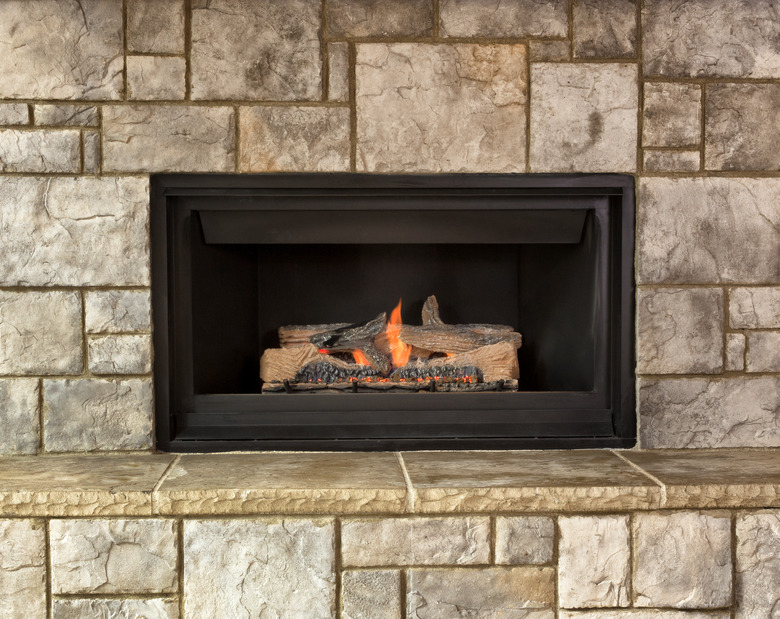How To Turn On Your Gas Fireplace
Lighting a gas fireplace can be a daunting endeavor. If your gas fireplace is not cooperating or if you have had it turned off all season, you may be faced with having to figure out how to ignite the appliance to get it to turn on. Once you understand gas fireplace operation, you can flick on the fireplace with confidence and fill your space with heat and light.
Gas Fireplace Operation
Gas Fireplace Operation
Gas fireplace operation depends on the make and model of the appliance. A gas fireplace feeds natural gas from a main line into the bottom line of a paneled and insulated fireplace unit. The fireplace is turned on by a pilot light that ignites the gas line under the tempered beads or ceramic logs.
The pilot light stays on until needed to create the flames in the fireplace at the touch of a button.
Ignitors and Pilots
Ignitors and Pilots
If you have an intermittent pilot-ignition system, you need electricity to spark the pilot flame each time you desire the soft glow to emanate from your gas fireplace. Electricity is not always required to turn on a gas fireplace.
Igniting Without Electricity
Igniting Without Electricity
If the power is out or you have a fireplace in a remote area, you may or may not need electricity to ignite your fireplace. A gas fireplace is typically made with a standing pilot light that can ignite the flames with or without external electricity connected to the unit.
Modern gas fireplaces have an electronic ignition system that may need a spark of electricity to create a crackling fire. They may come with a backup ignitor that uses batteries rather than electricity
Locate the Pilot Light
Locate the Pilot Light
The pilot light starter is usually tucked away for aesthetic reasons. To locate the pilot light starter on your unit, look behind a front panel on the side or under the main frame of the raised unit. It will be in a relatively easy place to access with some space around it for you to be able to maneuver around the lines that run to the pilot light.
If you are having trouble, grab a flashlight. The pilot light starter tends to be small and unobtrusive.
Lighting a Gas Fireplace
Lighting a Gas Fireplace
If you have tried to light the fireplace but nothing is happening, first check that the gas valve is in the on position and emitting gas.
Put the pilot light starter in the ignite position and press down on the knob firmly. You should begin to hear a clicking sound. This lets you know that the system is priming itself to safely receive the gas to the spark and ignite a flame under the ceramic logs.
Some Ignition Solutions
Some Ignition Solutions
It can take some time to ignite. There are a few reasons your fireplace may be stalled:
- It has been more than six months since it was last used.
- The lines may be clogged with dust and dirt build-up.
- The lines that run from the valve to the main line under the ceramic logs could
be kinked and slowing down the delivery of gas to the ignitor.
If you've heard the click for longer than 10 to 30 seconds, stop and let the lines clear out. Wait at least 10 seconds before trying again. You may have to do this a few times before the fireplace roars to life.
After the Lighting
After the Lighting
Once the pilot is on and working in good order, the fireplace should turn on at the flick of the switch or via remote. This will depend on the type of gas fireplace you have.
The pilot can stay safely lit during the entire season or as long as you plan to use the appliance. It won't heat up the appliance, create a fire hazard or cause any damage to the surrounding housing.
Always read the manual for detailed instructions for the standing pilot and follow the instructions for safety considerations.
